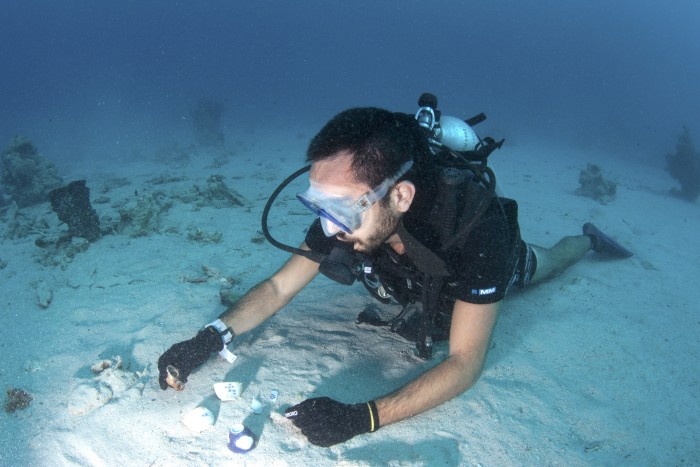
Red Sea Development traces Saudi roots with archaeological excavation
The Red Sea Development Company (TRSDC) has partnered with the Saudi Arabia ministry of culture to unite efforts in the fields of archaeology, heritage, history and sustainable tourism along the coast.
Among the agreements signed was a memorandum of understanding with the Heritage Commission and a second with the Museums Commission.
The deals were signed by Hamed Fayez, vice minister of culture, vice chairman of Heritage Commission and vice chairman of Museums Commission, and John Pagano, chief executive of TRSDC.
They are designed to encourage mutual collaborations across a series of initiatives including the delivery of the first underwater archaeological excavation.
“The Red Sea coast of Saudi Arabia is rich in history, having been positioned at the heart of global trading routes for centuries.
ADVERTISEMENT
“Partnering with the Heritage and Museums Commission allows us to both explore the historical significance of this unique region and ensure the preservation of our discoveries.
“TRSDC is committed to responsibly developing the extraordinary natural beauty and historical value of the Red Sea and we look forward to close collaboration to advance the Kingdom’s heritage conservation efforts,” said Pagano.
Saudi Arabia traces its roots back to the earliest civilisations of the Arabian Peninsula.
Over centuries, it has played an important role in history as the birthplace of Islam and an ancient trade centre, linking the Mediterranean world with eastern and southern sources of incense, spices and other luxury goods.
The coastal waters of the Red Sea contain significant points of historical interest and the partnership facilitates an expedition led by the University of Napoli L’Orientale to deliver the first underwater excavation in the country.
“The shipwreck is currently the most intact and best-preserved wooden shipwreck in the Red Sea.
“With its spectacular cargo of jars, porcelain and spices, this 18th century merchantman testifies the intense trading activities going on in the Red Sea before the opening of the Suez Canal, and its articulated connection with the wider Indian Ocean trade.
“The preserved wooden structure represents unique evidence of massive and expensive boatbuilding construction, previously unknown in the region,” explained Chiara Zazzaro, professor of maritime archaeology at the University of Napoli in Italy.
The shipwreck occurred sometime between 1725-1750 and is located in Al Wajh lagoon.
Submersed in 20-22 meters of water, the hull remains in the seabed along with a mound of 1,000+ visible jugs which have calcified into a single group.
It is approximately 40 meters in length and ten meters wide with an intact cargo of potentially 1,000 tons.
All artefacts will be preserved, catalogued, and stored in the Red Sea Museum in Jeddah, while some pieces will be displayed for visitors of The Red Sea Project.

